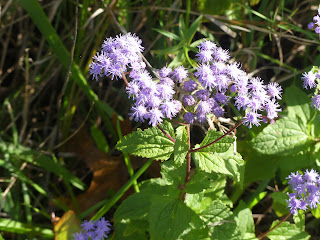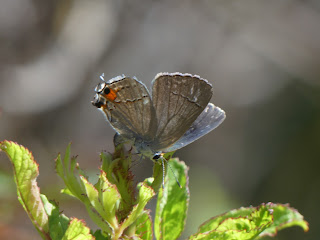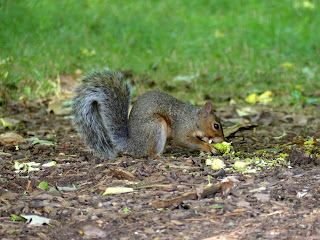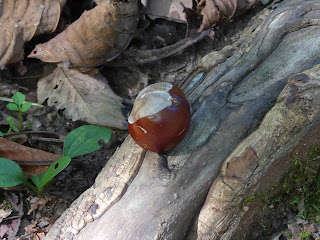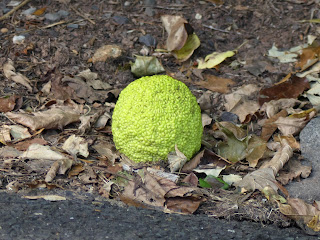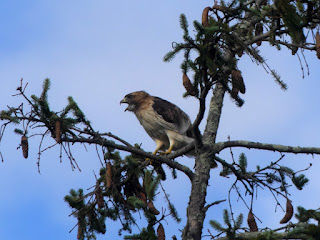Autumn Pollinators

After my 1st persistent [1] snowfall of the season I figured I'd show something warm today. Perhaps the spirit of Muhammad Ali was out there, since some of the meadow denizens could float like a butterfly and others could sting like a bee. This little lady stings exactly like a bee, since she's a Western Honeybee , and was busy with a goldenrod. She does not sting much like Muhammad Ali in one way though, since she dies after stinging. October 6, 2022 at Duke Farms Photo 249884608, (c) jpviolette, some rights reserved (CC BY-NC) This next denizen isn't a kamikaze stinger; it's a Dark Paper Wasp . Assuming this is a female, she can (like many bees/wasps) sting without dying herself. She's also foraging on a goldenrod. October 6, 2022 at Duke Farms Photo 249884670, (c) jpviolette, some rights reserved (CC BY-NC) And finally, who floats like a butterfly better than a Monarch butterfly? (I suppose other butterfly species might argue they float even better, but Monarch


